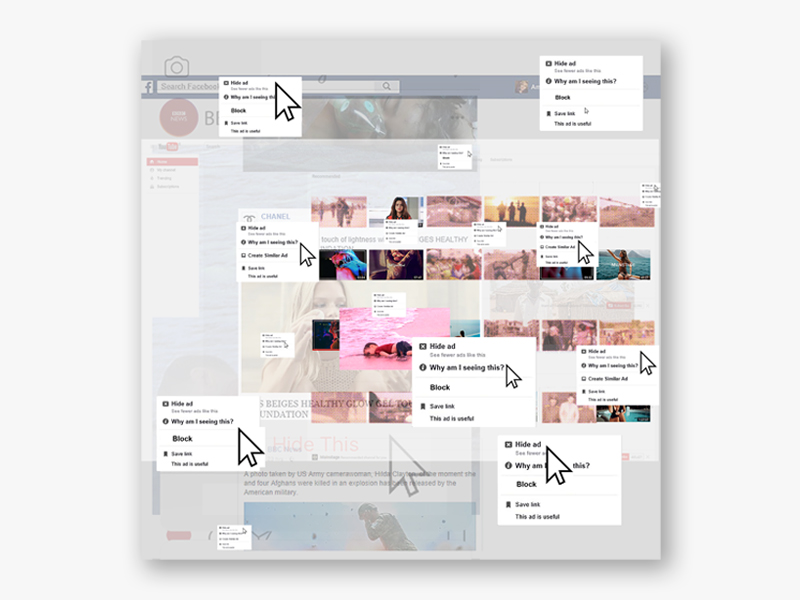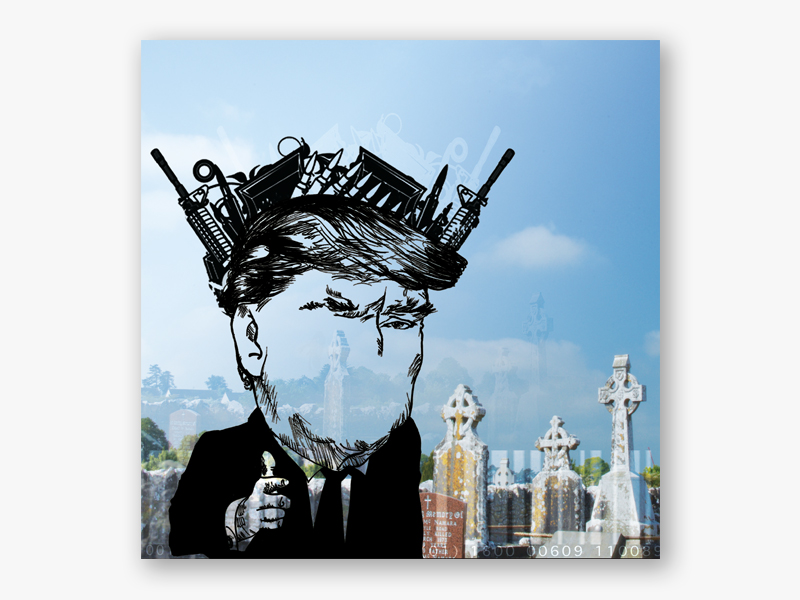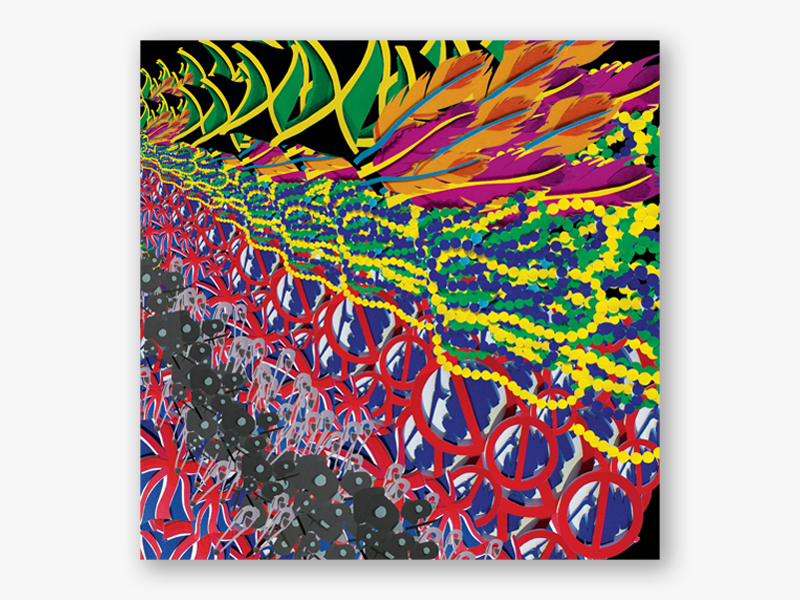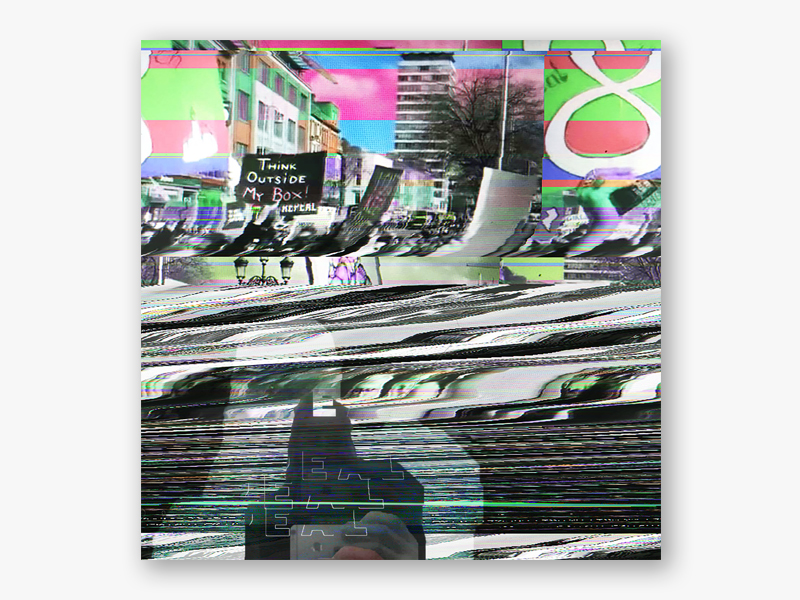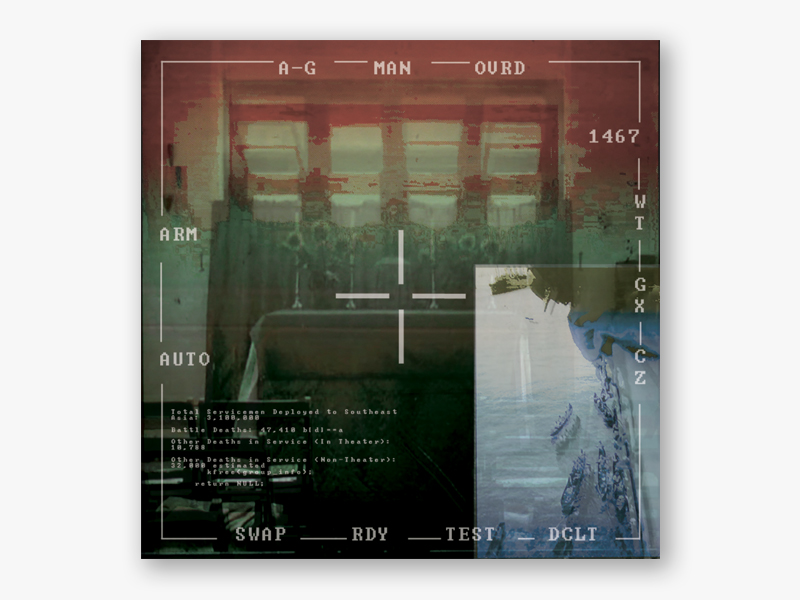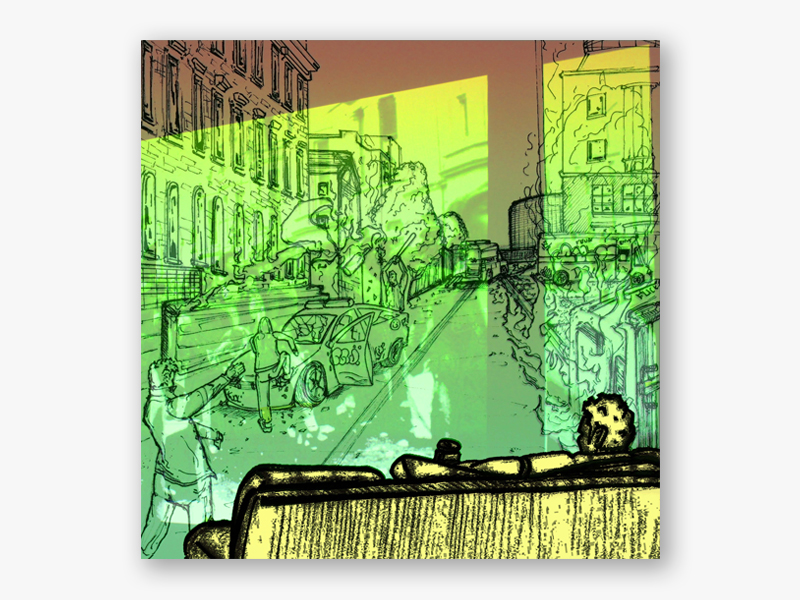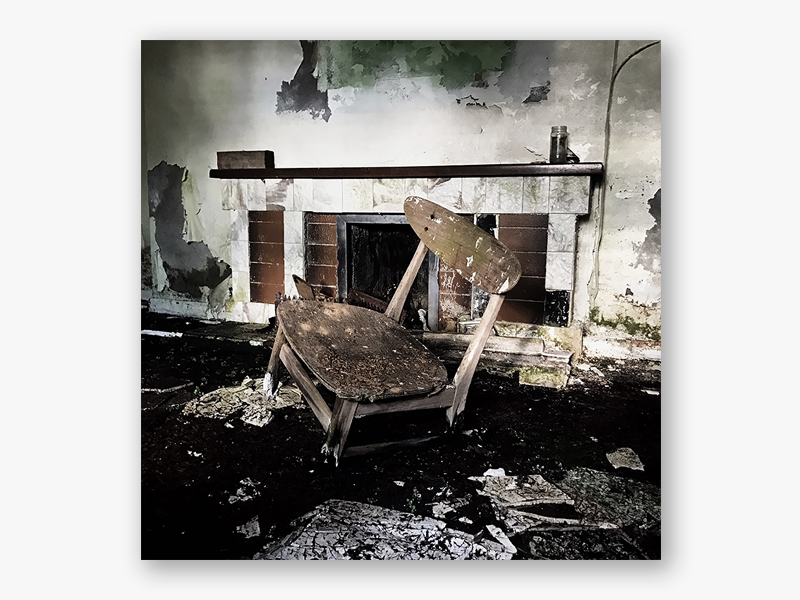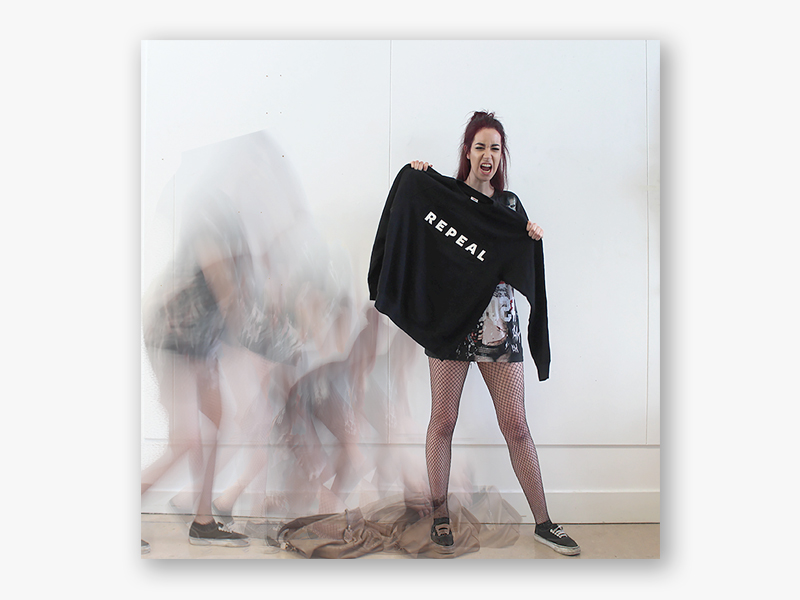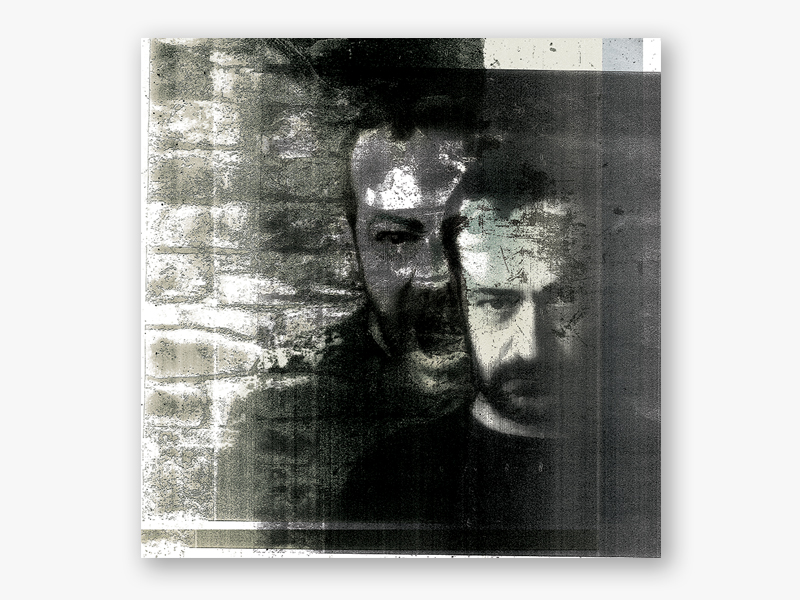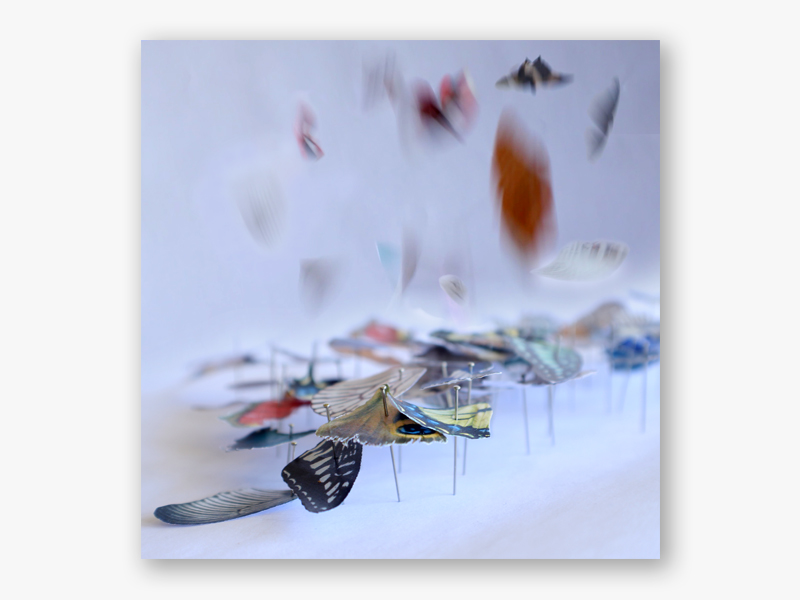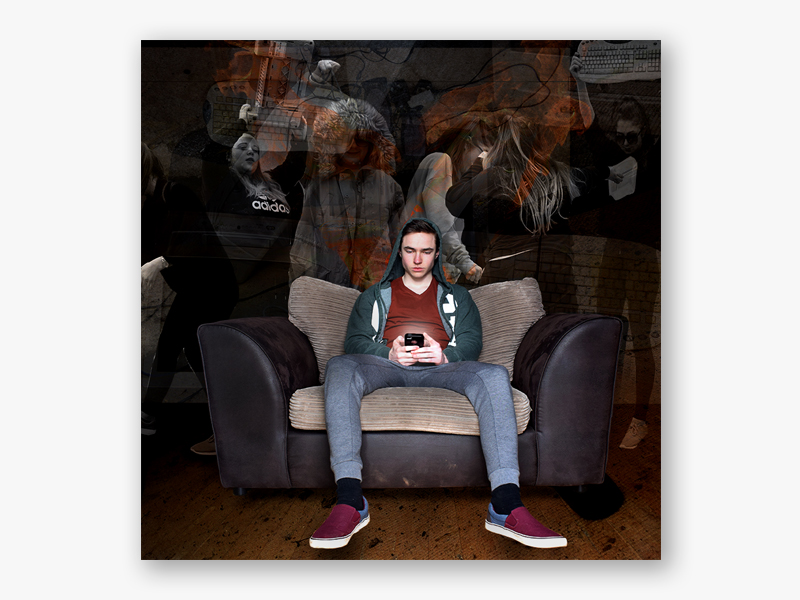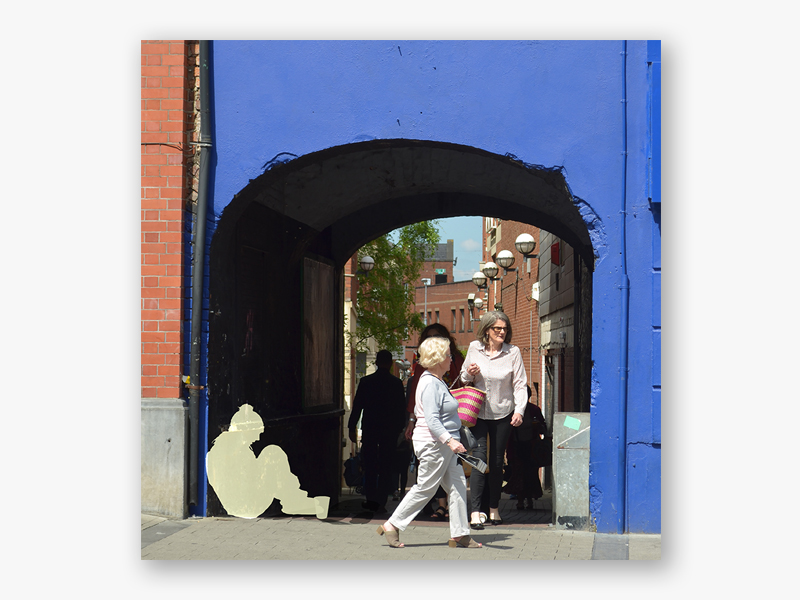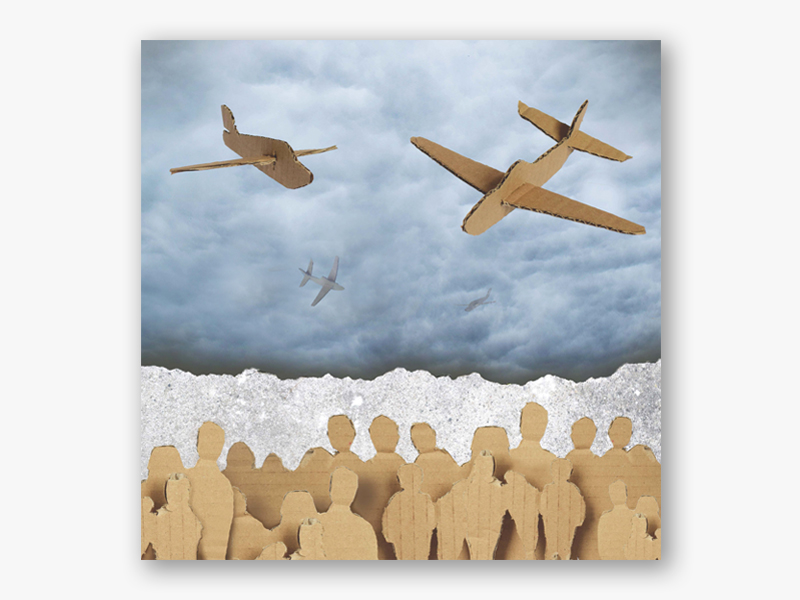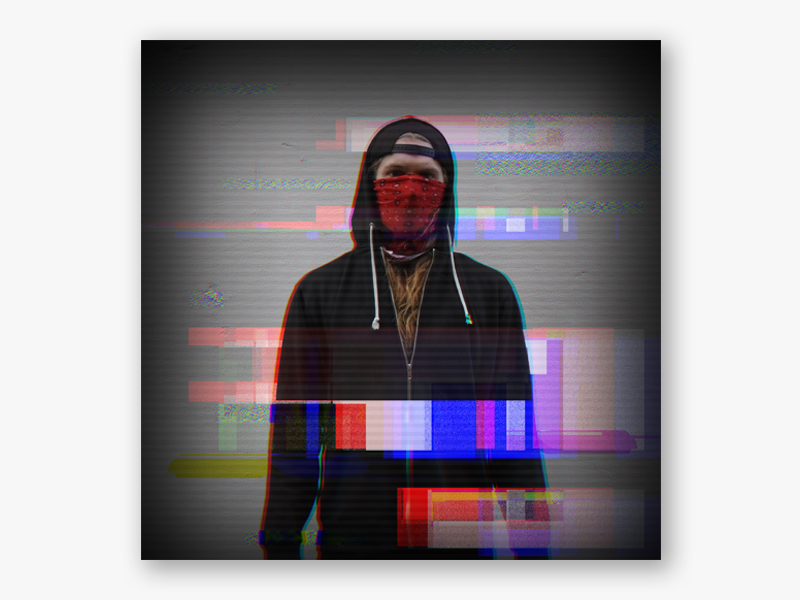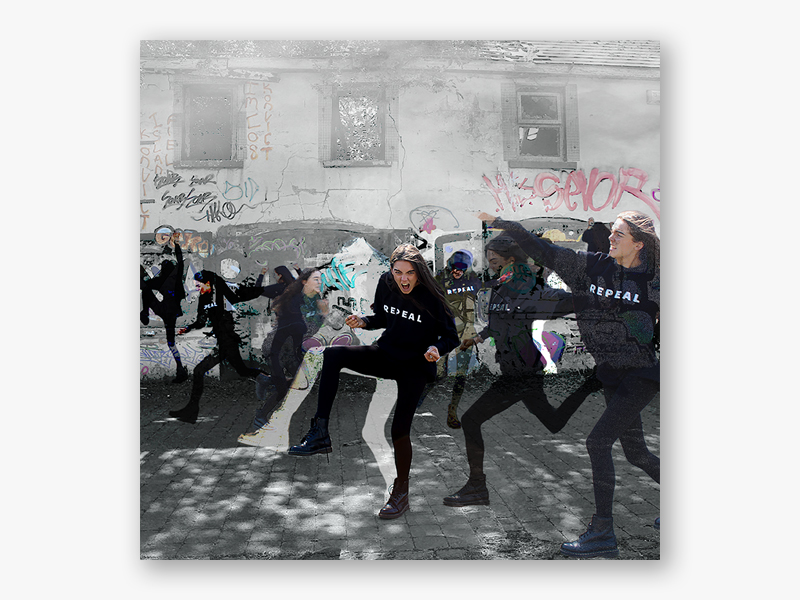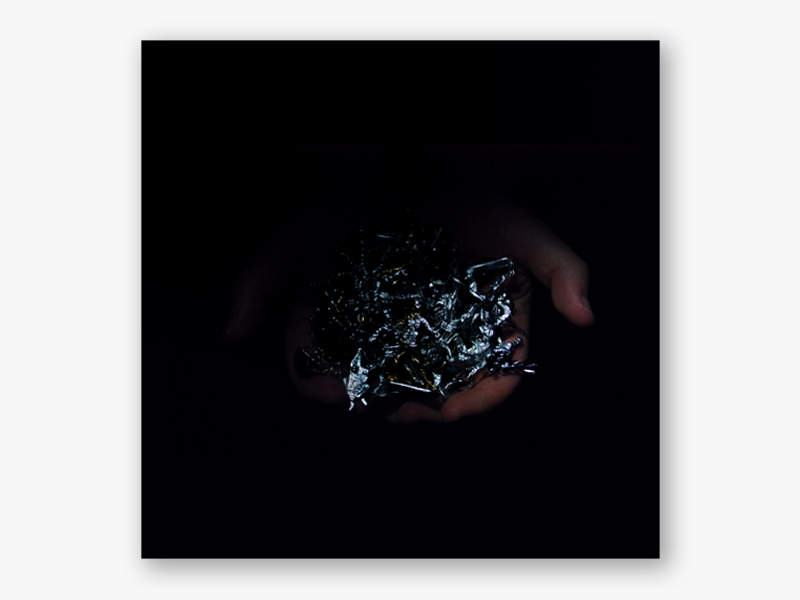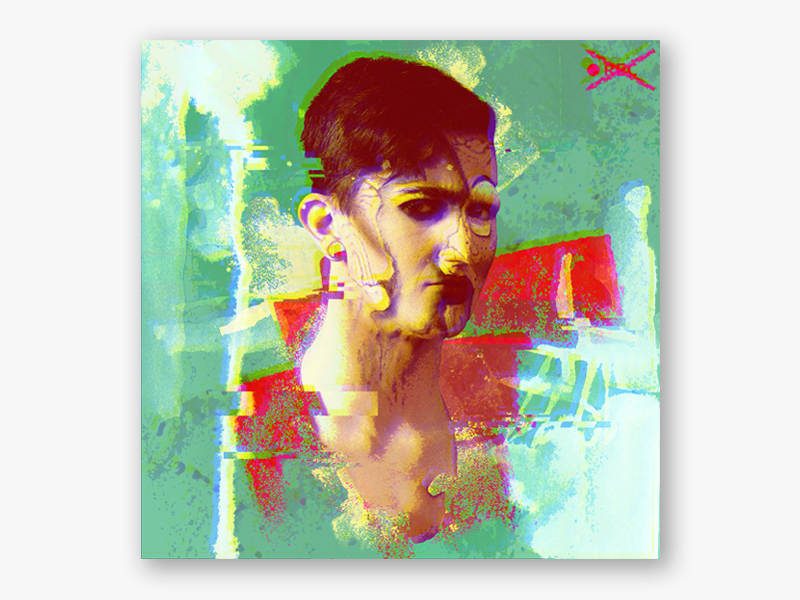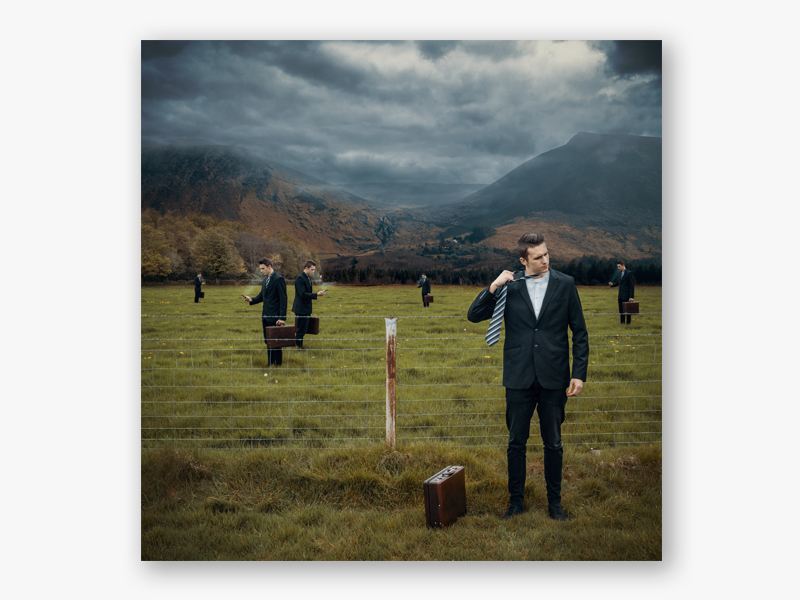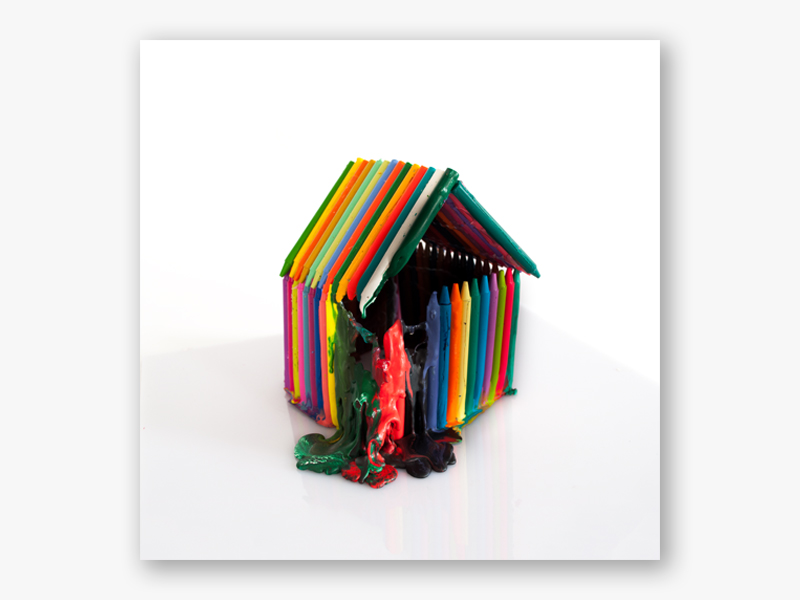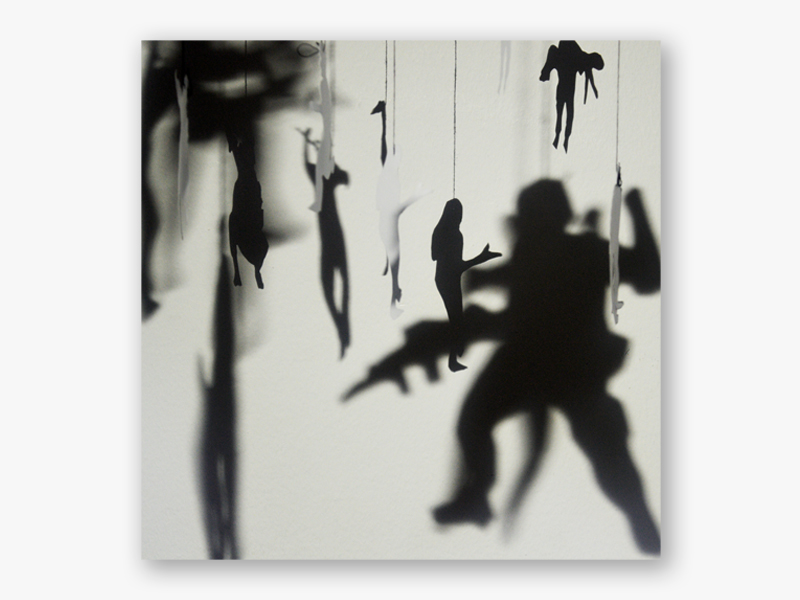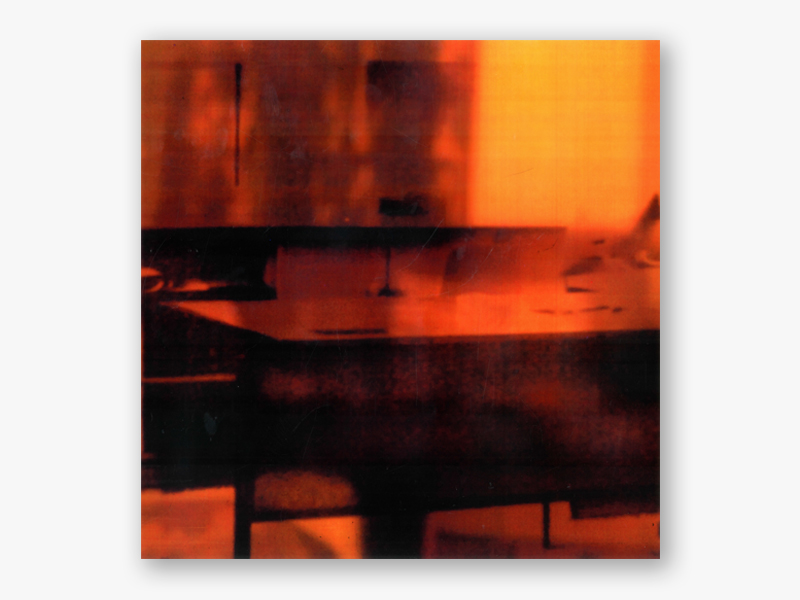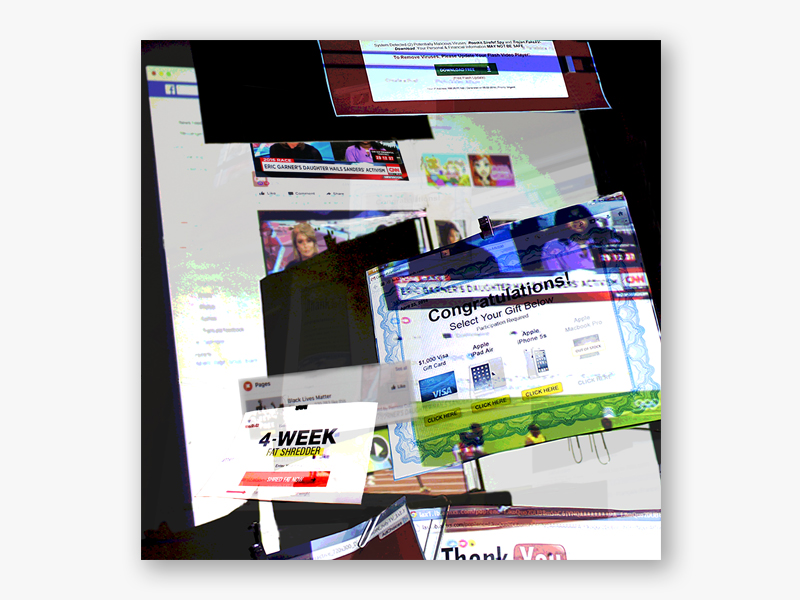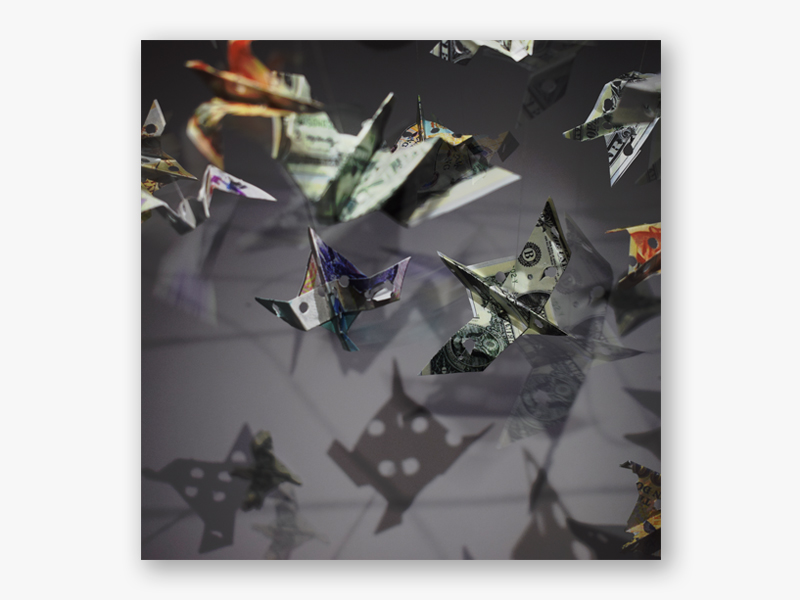Music has been used to make political or moral points for centuries. In the US before the 1930s there was the apolitical pop music of Tin Pin Alley on the one hand and the borrowed melodies of worker’s songs on the other. Only when the pop song fully embraced politics with Billy Holiday’s ‘Strange Fruit’, and folk music became radicalised by Woodie Guthrie, did sparks begin to fly between the distinct poles of politics and entertainment.
the point of protest music, or indeed any art with a political dimension, is not to shift the world on its axis but to change opinions and perspectives, to say something about the times in which you live, and, sometimes, to find that what you’ve said speaks to another moment in history
For a while, in the dizzying rush of the 1960s, it was thought that pop music could change the world, and some people never recovered from the realisation that it could not. But the point of protest music, or indeed any art with a political dimension, is not to shift the world on its axis but to change opinions and perspectives, to say something about the times in which you live, and, sometimes, to find that what you’ve said speaks to another moment in history, which is how Barack Obama came to be standing in Grand Park paraphrasing the words of Sam Cooke. Most of these stories end in division, disillusionment, despair, even death. On one level, everything fails; on another, nothing does. It’s all about what people leave behind: links in a chain of songs that extends across the decades.
Excerpt from 33 Revolutions per Minute: A History of Protest Songs, Dorian Lynskey.
The Second Year students from Visual Communications and Print & Contemporary Practice created visual responses to three iconic protest songs; Masters of War by Bob Dylan, The Revolution Will Not Be Televised by Gil-Scott Heron and White Riot by The Clash. In doing so they have taken the opportunity to be open, to be experimental and most significantly to reflect their opinions on contemporary socio-political issues. The 33 Revolutions Per Minute exhibition opened in Fab Lab Limerick on the 18th of May and ran until the 31st of May 2017.
for more information
Info_ Contact Joe Lane
Web_ www.fablab.saul.ie/

